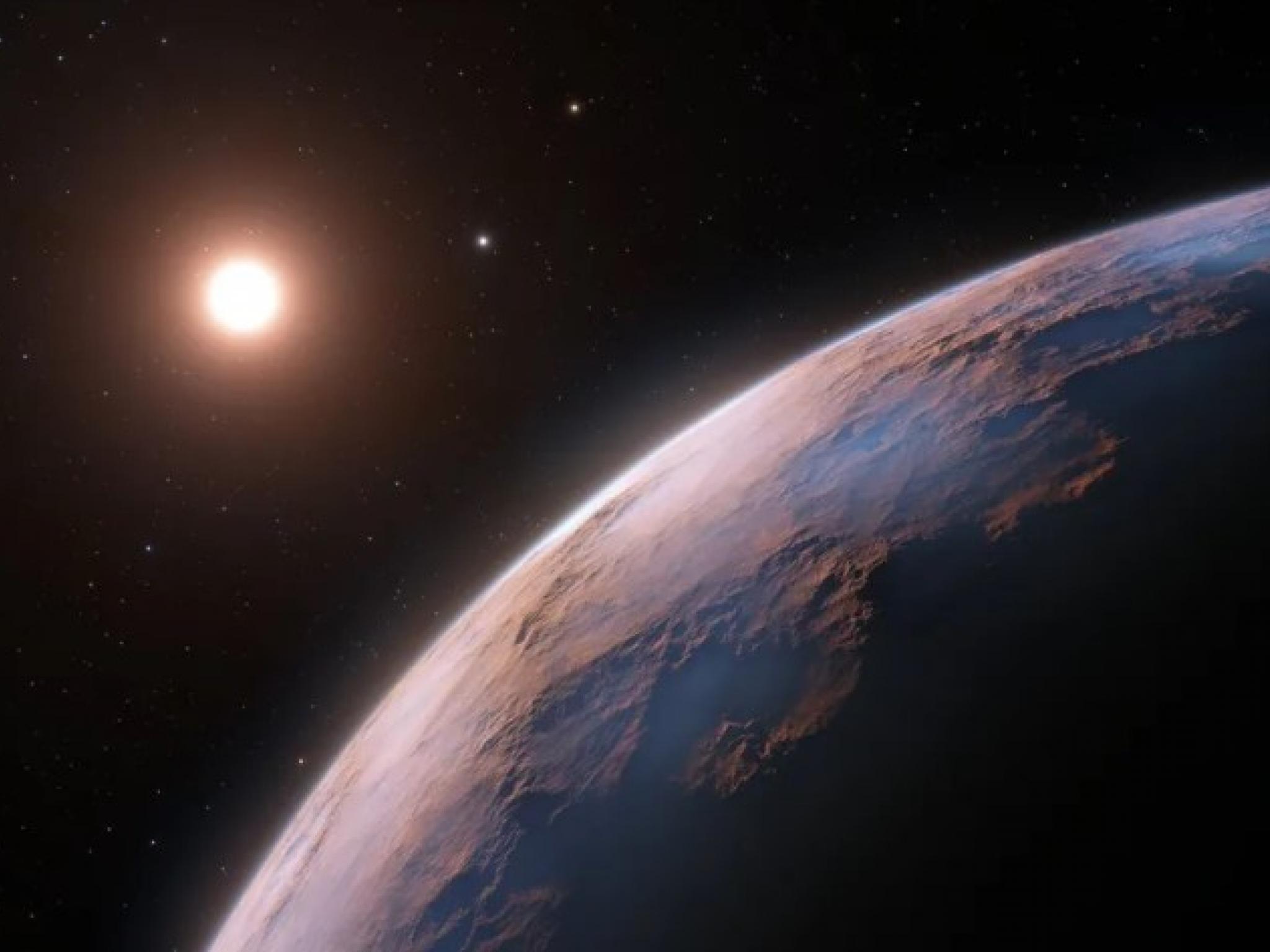
A hitherto unknown planet has been located orbiting Proxima Centauri, the star closest to the sun.
What Happened: According to a Space.com report, astronomers found evidence of a planet estimated to be 25% as massive as the Earth. The newly discovered planet, which has been named Proxima d, is the third planet in orbit around Proxima Centauri, a red dwarf star that is 4.2 light years from our solar system.
Proxima Centauri’s other planets are Proxima b, an Earth-sized object which was identified in 2016, and Proxima c, which is estimated to be at least six times more massive than Earth.
"The discovery shows that our closest stellar neighbor seems to be packed with interesting new worlds, within reach of further study and future exploration," said João Faria, a researcher at the Instituto de Astrofísica e Ciências do Espaço in Portugal and the lead author of the study, which was published in the new edition of the journal Astronomy & Astrophysics.
See Also: Benzinga Live Trading: Red-Hot Stocks To Beat Inflation
How It Happened: Faria and his colleagues came upon Proxima d by using ESPRESSO (Echelle Spectrograph for Rocky Exoplanets and Stable Spectroscopic Observations), an instrument installed on the European Southern Observatory's (ESO) Very Large Telescope in Chile.
ESPRESSO initially detected the potential evidence of a third planet around Proxima Centauri in 2020 when researchers were seeking to confirm Proxima b’s existence. ESPRESSO uses the radial velocity technique to find planets, which involves detecting slight wobbles in a star's motion that can be induced from the gravitational tug of an orbiting planet. With Proxima d, the tugs were slight, which the researchers believed would correspond to a planet possessing a minimum mass that would be one-quarter of Earth’s — thus, making Proxima d the lightest planet ever detected using the radial velocity method.
"This achievement is extremely important," said Pedro Figueira, the ESPRESSO instrument scientist at ESO in Chile and co-author of the new study. "It shows that the radial velocity technique has the potential to unveil a population of light planets, like our own, that are expected to be the most abundant in our galaxy and that can potentially host life as we know it."
Photo: An artist’s impression of Proxima d. Image credit: L. Calçada/ESO.







